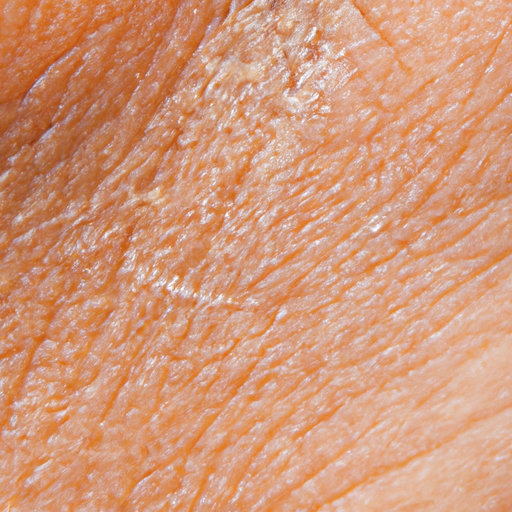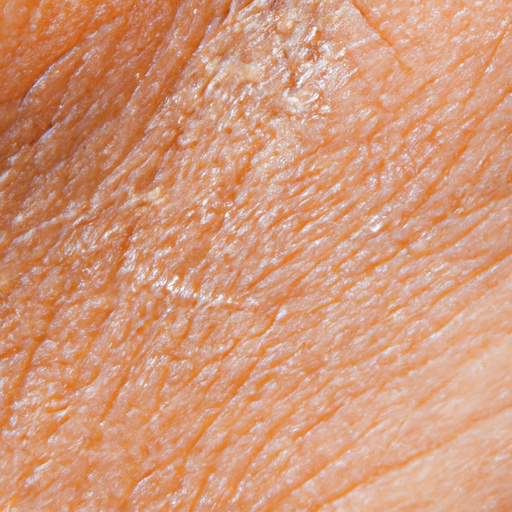Dry skin, medically known as xerosis, is a common condition that affects millions of people worldwide. It can occur due to various reasons and can lead to discomfort, itching, and even more severe skin conditions if left untreated. This article aims to provide a comprehensive guide to diagnosing and treating dry skin.
Diagnosing Dry Skin
The diagnosis of dry skin is typically based on the visible signs and symptoms that a patient presents. These may include a feeling of skin tightness, especially after showering, bathing or swimming; skin that appears shrunken or dehydrated; skin that feels and looks rough rather than smooth; itching; slight to severe flaking, scaling or peeling; fine lines or cracks; redness; and deep fissures that may bleed.
In some cases, a healthcare provider may perform specific tests to determine the cause of your dry skin. These can include a dermatological exam, where the skin is inspected for signs of eczema or dermatitis, or a skin biopsy, where a small sample of skin is removed and examined under a microscope.
Treating Dry Skin
The treatment for dry skin primarily involves replenishing the lost moisture and protecting the skin from losing more water. Here are some expert-recommended strategies:
1. Moisturize Regularly: The most crucial step in treating dry skin is to regularly apply a moisturizer. Look for products containing ingredients like hyaluronic acid, glycerin, lactic acid, urea, lanolin, mineral oil, and petrolatum that help to attract and lock in moisture.
2. Use Gentle Skin Care Products: Avoid using harsh soaps and detergents that can strip your skin of its natural oils. Opt for mild, fragrance-free cleansers and skincare products designed for sensitive or dry skin.
3. Adjust Your Bathing Routine: Hot water can strip your skin of its natural oils leading to dryness. It’s better to use warm water and limit your bath or shower time to 10-15 minutes. After bathing, gently pat your skin dry and apply a moisturizer while your skin is still damp.
4. Use a Humidifier: Dry indoor air can rob your skin of its moisture. Using a humidifier can help maintain a suitable humidity level in your home, keeping your skin hydrated.
5. Stay Hydrated: Drinking plenty of water throughout the day can help keep your skin hydrated from the inside out.
6. Protect Your Skin: Always protect your skin from the sun’s harmful UV rays by wearing a broad-spectrum sunscreen with an SPF of 30 or higher. In colder months, protect your skin from the wind and cold by wearing appropriate clothing.
7. Seek Medical Help: If your skin doesn’t improve despite your efforts, or if it becomes severely dry, itchy, or inflamed, it’s time to seek medical help. Dermatologists can prescribe topical creams or ointments that provide more intense hydration or treat underlying conditions causing dryness.
In conclusion, dry skin is a common issue that can be effectively managed with the right care and treatment. By understanding the causes and symptoms of dry skin, you can take proactive steps towards maintaining healthy and hydrated skin. Remember, every individual’s skin is unique, and what works for one person may not work for another. Therefore, it’s essential to find a skincare routine that suits your specific needs and to consult a dermatologist if necessary.




